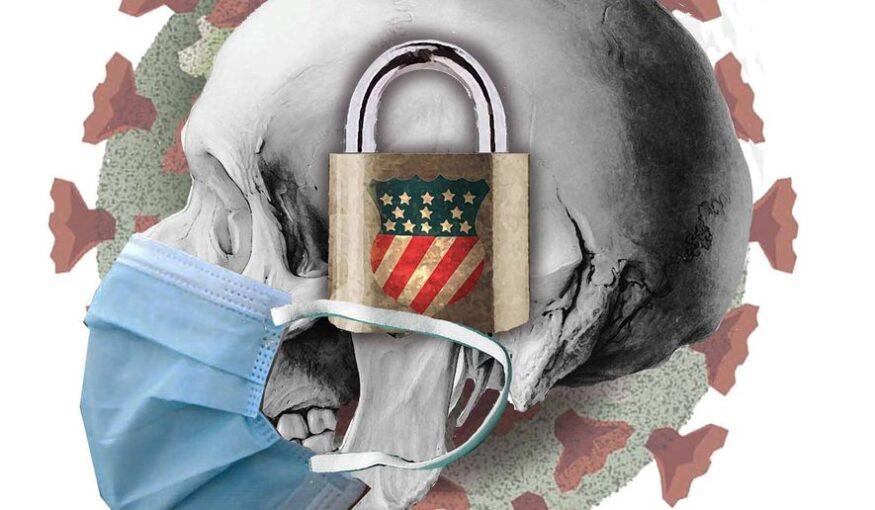As we begin to pick through the rubble of the early days of the coronavirus that started in Wuhan in an effort to determine with some specificity the origins of COVID-19, and whether it was accidentally or purposefully released from a Chinese lab, it is important, too, that we assess the wisdom of our public health approaches to the disease.

Illustration on the negative results of COVID-19 lockdowns by Alexander Hunter/ The Washington Times
Chief among those approaches was the institution of lockdowns across a broad range of populations.
The pathologies of the lockdowns are clear and have been both predicted and recorded. They include increased risk of preventable deaths from cancer, heart disease, etc., as well as psychological trauma, resulting in increased homicides, accidents and suicidal ideations, caused by long periods of isolation.
What is less clear is whether the lockdowns served any useful medical purpose.
Fortunately, two researchers at the RAND Corporation and two researchers from the University of Southern California have done an analysis of the medical value of the lockdowns (which they refer to as “sheltering in place,” or SIP, policies).
They looked at 43 countries and all of the states in the union, and published their assessment in June as a working paper of the National Bureau for Economic Research.
You may have missed the report. It has not received much coverage from the media, who must be busy with some incredibly important and hard-hitting story about Dr. Anthony Fauci or the first lady.
Let’s remedy that oversight.
By Michael McKenna, WashingtonTimes.com
Related posts:
Views: 0
 RSS Feed
RSS Feed

















 September 24th, 2021
September 24th, 2021  Awake Goy
Awake Goy  Posted in
Posted in  Tags:
Tags: 
















